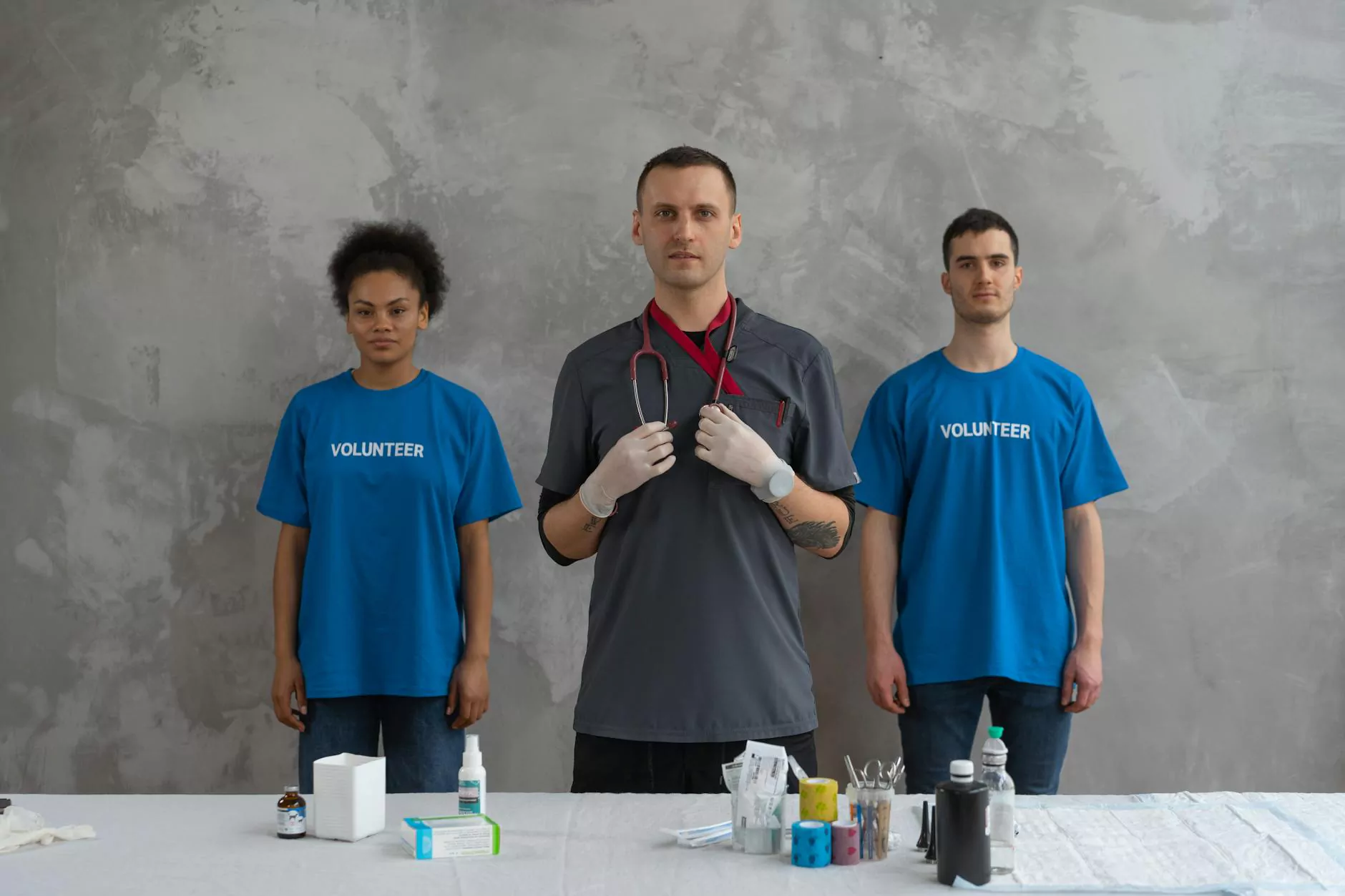Understanding Plastic Injection Molding

Plastic injection molding is a pivotal manufacturing process that has revolutionized the way we create plastic products. With advancements in technology and materials, this process has become highly efficient and is capable of producing intricate and complex shapes with precision.
The Basics of Plastic Injection Molding
The plastic injection molding process begins with the melting of raw plastic pellets. These pellets are heated until they reach a molten state and then injected into a mold under high pressure. As the plastic fills the mold, it takes its shape, and once it cools, the mold is opened to reveal the finished product.
Key Steps in the Injection Molding Process
- Material Selection: Choosing the right type of plastic is essential as it affects the product's durability, flexibility, and color.
- Machine Setup: The injection molding machine is set up according to the selected plastic type and mold specifications.
- Mold Injection: The molten plastic is injected into the mold cavity at high pressure.
- Cooling: The injected plastic is allowed to cool and solidify to retain the desired shape.
- Mold Opening: Once cooled, the mold opens, and the part is ejected for further processing or finishing.
Benefits of Plastic Injection Molding
There are numerous advantages to using plastic injection molding as a manufacturing process:
- High Efficiency: Once a mold is created, the production rate is incredibly fast, allowing for mass production of parts.
- Design Flexibility: Complex designs can be achieved easily, providing vast freedom in product development.
- Material Utilization: Less waste compared to other manufacturing processes, leading to cost savings.
- Strong and Durable Products: The molded parts are robust and can be customized with various additives for improved performance.
- Reduced Labor Costs: Automated machines operate with minimal human intervention, lowering overall labor costs.
Applications of Plastic Injection Molding
Plastic injection molding is employed in a wide array of industries, showcasing its versatility:
- Consumer Products: From toys to household items, many consumer products are produced using this method.
- Automotive Components: Many parts, such as dashboards and trim components, are manufactured through injection molding.
- Medical Devices: The precision of injection molding makes it suitable for producing medical equipment and devices.
- Electronics: Housings and connectors for electronic devices are commonly produced using this process.
- Packaging: Injection molded containers and caps are widely used in the packaging industry.
Deepmould.net: Your Partner in Plastic Injection Molding
At Deepmould.net, we are committed to providing high-quality plastic injection molding services. Our expertise in the manufacturing process ensures that our clients receive products that exceed their expectations. We utilize state-of-the-art machinery and technologies to deliver precision and quality in every piece we produce.
Why Choose Deepmould.net?
- Experienced Team: Our team of experts brings a wealth of experience in design and manufacturing.
- Quality Assurance: We implement rigorous quality control measures to ensure every product meets high standards.
- Rapid Prototyping: We specialize in rapid prototyping to help clients refine their designs before mass production.
- Customization: We offer tailored solutions to meet unique client needs and specifications.
- Competitive Pricing: Our efficient processes allow us to offer competitive pricing without compromising on quality.
The Future of Plastic Injection Molding
As industries evolve, so does the technology behind plastic injection molding. Innovations in materials and machinery are paving the way for even more efficient production processes. For instance:
- Biodegradable Plastics: Environmental concerns have led to the development of biodegradable materials suitable for injection molding.
- Smart Manufacturing: Integration of IoT and AI in machinery allows for predictive maintenance and improved production efficiency.
- 3D Printing Integration: Combining 3D printing for mold prototypes is speeding up the design phase in injection molding.
Challenges in Plastic Injection Molding
Despite its many benefits, the injection molding process is not without its challenges:
- Mold Costs: Initial mold creation can be expensive and requires precision design work.
- Material Limitations: Certain materials may not be suitable for high-temperature operations in the molding process.
- Complexity in Design: Overly complex designs may present challenges in the molding process and require extensive testing.
Conclusion
In conclusion, plastic injection molding is a key player in modern manufacturing, offering numerous benefits ranging from efficiency to design capabilities. At Deepmould.net, we pride ourselves on our ability to harness this technology to produce high-quality products that meet the needs of diverse industries. As we look towards the future, advancements in technology promise to further enhance this already impressive manufacturing process, enabling even greater innovation and productivity.
For more information about our services and how we can help you streamline your production processes with plastic injection molding, contact us today!








